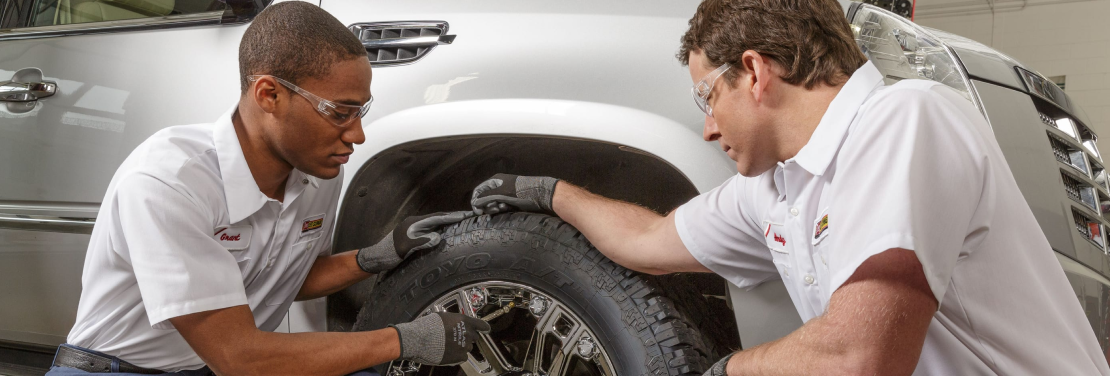Explore Exclusive Mopar Tire Service Specials in Morris Today
Wiki Article
Tire Service: Recognizing Tire Pressure Surveillance Solutions
Comprehending Tire Stress Tracking Solutions (TPMS) is a vital element of preserving optimal car performance and safety on the roadway. With innovations in auto modern technology, TPMS has actually come to be a standard feature in modern-day lorries, giving real-time details on tire stress degrees.
Significance of TPMS
The relevance of Tire Pressure Surveillance Equipments (TPMS) exists in their capacity to boost automobile security and performance via real-time surveillance of tire pressure levels. Keeping the right tire pressure is crucial for making certain ideal handling, braking, and total security of a vehicle. TPMS gives motorists with immediate feedback on any overinflated or underinflated tires, enabling prompt modifications to be made.
Parts of TPMS
Sensing units are normally located in the tire shutoff stem or connected to the wheel assembly, where they gauge tire pressure and send data to the control component. Some progressed TPMS models likewise display the real tire pressure analyses for each tire, providing vehicle drivers with real-time details to ensure optimal tire efficiency and safety and security. By keeping an eye on tire pressure continually, TPMS helps protect against accidents, lowers tire wear, and improves gas efficiency, making it a critical component for lorry safety and efficiency. tire shop morris.
Types of TPMS

On the various other hand, indirect TPMS counts on the automobile's wheel rate sensing units to check tire stress. This system discovers underinflation by contrasting the rotational rates of the wheels. Indirect TPMS is much less pricey than straight TPMS, as it makes use of existing sensors within the car.
While direct TPMS provides much more exact analyses, indirect TPMS is less complex in design and generally needs less maintenance. Both systems have their limitations and benefits, and the option in between them often relies on elements such as expense, vehicle make, and individual choice. Comprehending the differences between these two sorts of TPMS can aid automobile owners make informed choices pertaining to tire upkeep and security.
TPMS Maintenance Tips
Conduct regular checks on the tire pressure degrees and contrast them with the TPMS analyses to guarantee they are constant. During tire turning or substitute, make certain that the TPMS parts are handled thoroughly to stop any type of prospective damages. If the TPMS alerting light illuminates on the dashboard, deal with the problem quickly by inspecting the tire pressures and the overall system for any faults.Advantages of Correct Tire Stress
Preserving appropriate tire pressure, as emphasized in TPMS Upkeep Tips, is essential for reaping the numerous benefits connected with optimal tire stress degrees. One of the primary advantages of keeping the right tire pressure is improved gas performance. When tires are appropriately inflated, there is much less rolling resistance, causing better gas economy. Furthermore, correct tire stress ensures also tire wear, expanding the lifespan of the tires and promoting much safer driving conditions. With the appropriate tire stress, cars also have far better handling and traction, particularly in damaging weather. This can improve total driving efficiency and security for the vehicle driver and travelers. Moreover, keeping ideal tire stress can add to a smoother and extra comfortable experience by lowering resonances and noise brought on by underinflated tires. To conclude, the benefits of appropriate tire stress go beyond simply tire durability; they include improved fuel effectiveness, improved security, far better automobile performance, and general driving convenience.Final Thought
In conclusion, comprehending tire pressure surveillance systems (TPMS) morris tire and alignment is critical for maintaining optimum tire stress and making certain automobile safety. By acknowledging the relevance of TPMS, recognizing with its components, understanding the various types available, adhering to proper upkeep pointers, and understanding the benefits of maintaining appropriate tire pressure, vehicle drivers can boost their driving experience and extend the life expectancy of their tires. Correct tire stress is essential to secure and effective automobile procedure.
Report this wiki page